Machine vision revolutionized: The 3D sensing in motion
The advancements in machine vision are undoubtedly one of the driving forces that propel the use of robots in industrial automation.
Though immense progress has been made in the field in recent years, all existing 3D sensing technologies have been struggling with one common limitation – none of them has been able to capture objects in motion and make their high-quality 3D reconstruction.
This has posed an impossible challenge forcing customers to decide for either supreme quality or high speed.
ToF systems based on area sensing, for instance, are well suited for dynamic applications but the resolution of the output 3D data is rather low.
On the other hand, structured light systems provide high accuracy and resolution but because they are based on emitting coded structured light patterns in multiple frames, the scene needs to be static at the moment of acquisition, otherwise, the output would be distorted.
A high-quality capture of dynamic scenes seemed to be an unattainable goal. The problem has finally been cracked with a novel, revolutionary technology that shuffled the cards in machine vision and re-defined robotic capabilities from the ground.
The technology was developed and patented by a Slovak company Photoneo, one of the leading developers of smart automation solutions.
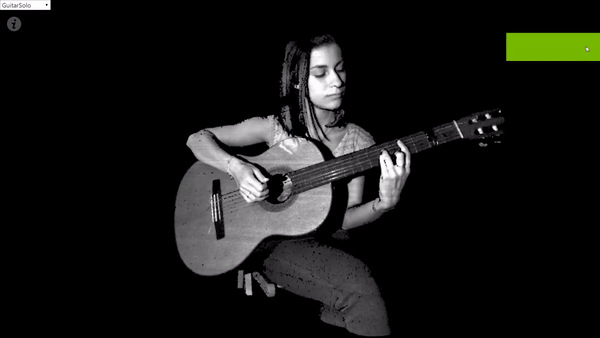
The novel approach to scanning in motion
The new “Parallel Structured Light” method uses structured light in combination with a proprietary mosaic shutter CMOS image sensor.
In contrast to the structured light technology, the “Parallel Structured Light” so to say “freezes” the scene during the acquisition stage to acquire multiple virtual images of the scene from one shot of the sensor.
This means that the method captures multiple images of structured light in parallel, as opposed to the sequential capture of the structured light technology.
The success of the “Parallel Structured Light” technology relies on the special sensor, which has a unique mosaic pixel pattern. The sensor consists of super-pixel blocks, which are further divided into subpixels.
The new method modulates these pixels by turning them on and off in an encoded manner during exposure. During this time window, the laser that comes from the projector is on the entire time.
In other words, the pixel modulation happens directly in the sensor, as opposed to the projection field, as is the case with the structured light method.
Thanks to this, the individually coded light patterns can be sampled in the sensor at one point in time and in one frame. This enables a high-quality area scanning of dynamic scenes without motion artifacts.
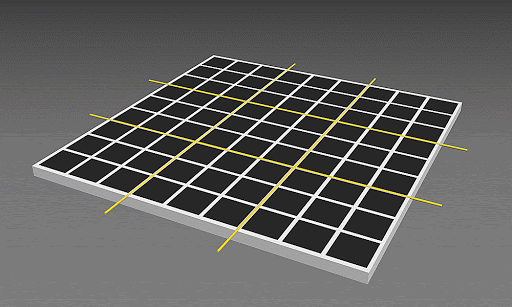
The 3D camera powered by the “Parallel Structured Light” technology
The technology is implemented in Photoneo’s 3D camera MotionCam-3D, making it the highest-resolution and highest-accuracy area snapshot 3D camera for capturing objects in motion.
Its unique features were internationally recognized with a number of prestigious awards, including inVision Top innovations 2021, IERA Award 2020, Vision Systems Design 2019 Innovators Platinum Award, inVision Top Innovations 2019, and Vision Award 2018.
Among the top features of MotionCam-3D is its ability to capture objects moving 144 km/h and provide their high-quality 3D reconstruction with a point cloud resolution of up to 2 Mpx and a high level of detail on edges.
The camera is designed to withstand challenging industrial environments, including exposure to dust, water, and varying temperatures, which is ensured by IP65 rating and thermal calibration.
MotionCam-3D is resistant to vibrations and provides high performance even in demanding light conditions. The camera features two powering options – PoE (Power over Ethernet), enabling the use of a single cable with a length of over 30 m for both power and data connection, and a 24V power option.
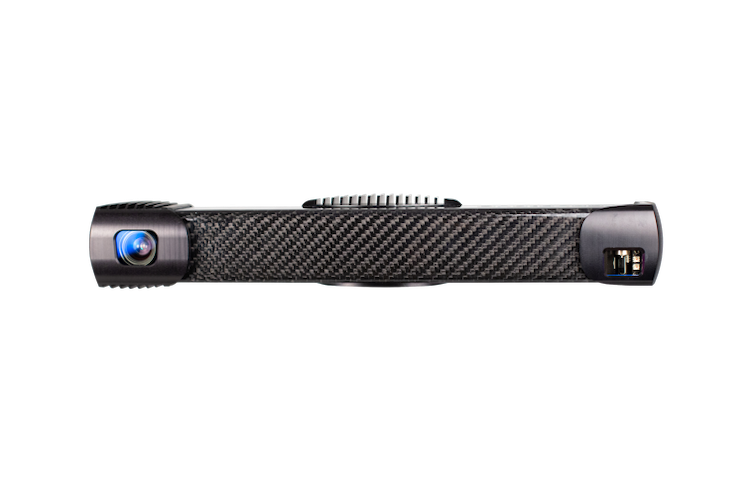
MotionCam-3D offers three modes of operation to provide the highest flexibility of use – a camera mode for capturing dynamic scenes, a scanner mode for scanning static scenes, and a 2D mode for texture images without 3D information.
The five models of the camera (S, S+, M, M+, L) ensure a large scanning volume ranging from 36 cm up to 3 meters.
An open space for new applications
The new “Parallel Structured Light” technology transforms robotic potential to unprecedented capabilities and opens up completely new possibilities for automation.
Where a countless number of vision-guided tasks was limited to static scenes, the MotionCam-3D comes to fill in the gap and enable a 3D reconstruction and further handling of objects in motion.
These applications include bin picking in manufacturing and logistics, object handling tasks such as palletization, depalletization, or objects sorting, machine tending applications, quality control and metrology, measurement of the volume of shapeless or deformed objects moving on a conveyor belt, and an infinite number of other applications.
MotionCam-3D captures and reconstructs chaotically, unpredictably, and fast-moving scenes, mat, glossy, and even deformed objects, organic materials of any color, shape, or structure, such as food items or fruit, or small boxes as well as large packages.
Movement, vibrations, or ambient light do not affect the high accuracy of point clouds.
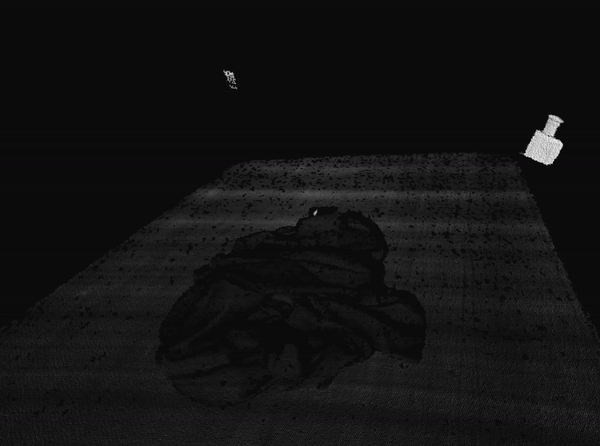
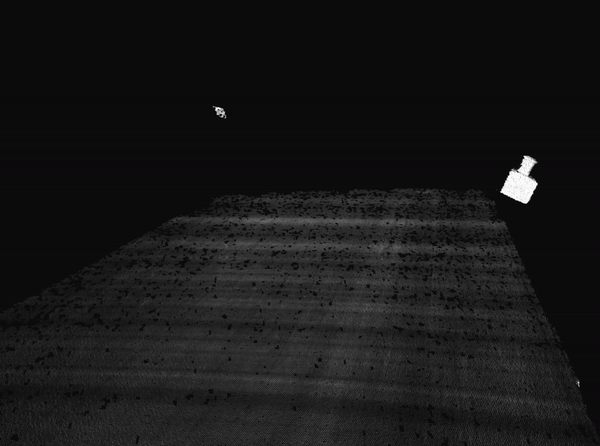
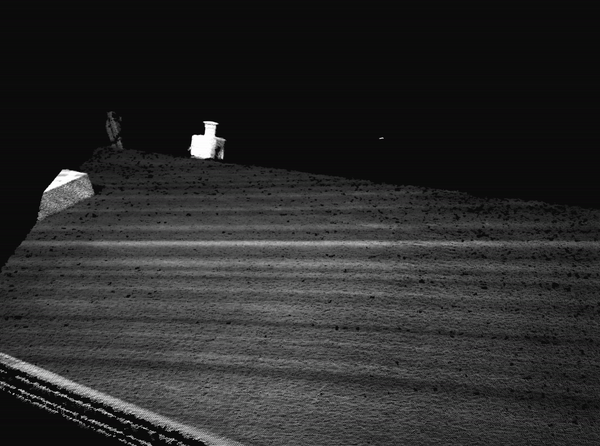
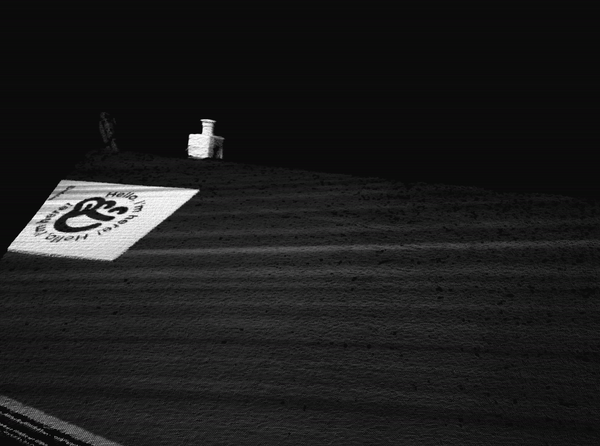
The demand for smart automation solutions is urgently increasing across all sectors – logistics, e-commerce, automotive, food, and medical industries, to name just a few.
Vision-guided robotics entered a new era and combined with robotic intelligence, it now provides unlimited possibilities to push businesses to the next level of modernity and innovation.
—
By Andrea Pufflerova, PR Specialist at Photoneo
www.photoneo.com
sales@photoneo.com
+421 948 766 479
Promoted

